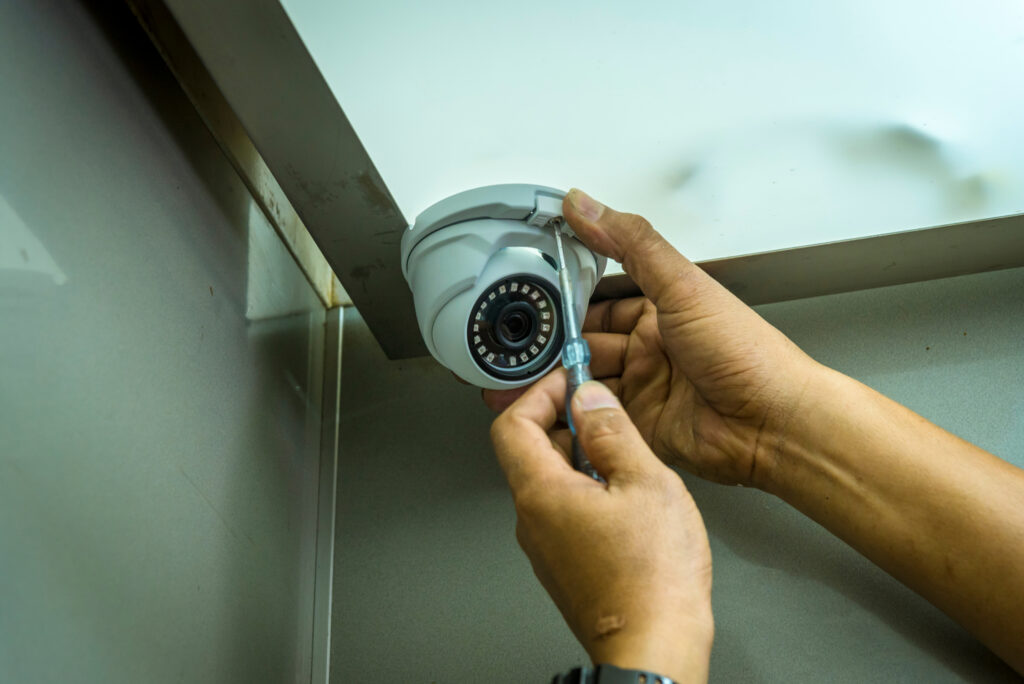
13 Effective Elevator Safety Tips. Elevator camera
13 useful tips for elevator safety Elevator camera
An elevator is an ideal place for a crime: there is nowhere to run, and it isn’t easy to defend. There are regular reports in the media about violent crimes committed in the elevators of apartment buildings. In recent years, the most notorious murders were the contract murder of journalist Anna Politkovskaya and the murder of a Muscovite at the hands of a serial robber, whose audio recording appeared on the Internet. How to protect yourself and your loved ones in the elevator? How to improve safety in an elevator? This is what our article is about.
What dangers await in the elevator?
At least 15 people die in elevator accidents in Russia every year. This is because every 4th elevator has been operating for more than 25 years and the equipment is badly worn out. Statistics of technical incidents in elevators are collected by NSSO (National Union of Liability Insurers), Rostekhnadzor and NLS (National Elevator Union).
Elevator falling, jamming and stopping between floors are the most common elevator accidents.
Theft, robbery, rape, and elevator murders occur with alarming frequency. A person becomes an easy prey in a confined space because the effect of surprise and limited space is triggered.
People often relieve physiological needs in elevators, leave garbage, engage in obscene deeds and deliberately spoil the elevator – an apartment building’s expensive property. What to do?
How to improve safety in an elevator? 13 important tips
Experts advise treating elevators as a place of increased danger. Here you need to consider the risks of a technical nature and the possibility of getting into a critical situation through the fault of third parties.
How to improve your safety and the safety of the elevator?
Technical risks can be avoided as follows:
- Completely stop using the elevator and walk up the stairs.
- Do not overload the elevator.
- Do not shake the elevator.
- Pay attention to the sounds emitted by the elevator and the state of the cabin (distortions, sticking buttons, faulty communication with the dispatcher). If you doubt that the lift is sound, do not use it.
Risks that may arise from third parties are resolved in this way:
- Do not enter the elevator with strangers; even if one looks decent. If you have the slightest suspicion, refuse to use in the elevator and urgently leave the entrance.
- Stand next to the control panel so that you can quickly call the dispatcher.
- Talk on the phone and inform that you are in the elevator with a stranger (even if there is no danger).
- When danger arises, shout, make noise, defend yourself in any way.
- Have a pocket stun gun with you. It is inappropriate to use a can of gas or pepper.
Next tips can reduce the risks associated with the spread of coronavirus infection:
- Do not touch buttons, walls or use gloves.
- Press the buttons with objects that can be disinfected (for example, keys).
- Use masks.
And most importantly, install a modern camera in the elevator for round-the-clock surveillance. Video surveillance in the elevator will allow you to monitor the situation online and access the archive (if necessary).
Installation of video surveillance
By itself, the presence of video recording equipment in an elevator has a powerful effect on the human psyche: not everyone will commit an offence and crime, realizing that they will light up on the camera. One small camera can prevent most violations of the law and morality. You can read about the investigation of incidents using video surveillance here.
Legal base
By law, the installation of video surveillance in the elevator is carried out by deciding the owners’ meeting level. A similar algorithm is described in the article “Video surveillance in entrance hall. 5 main installation rules”.
At the same time, the question of installing a hidden micro-camera cannot even be raised, since it is illegal. Video surveillance (entrance, elevator, common areas) must be open.
And for damage to a shared house property (an elevator or a video camera installed inside the elevator, which costs for up to 2500 rubles), an administrative fine is provided in the amount of 300-500 rubles (Code of Administrative Offenses of the Russian Federation, article 7.17).
If the damage is inflicted in an amount exceeding 2500 rubles, then criminal penalties can be applied to the violator (Criminal Code of the Russian Federation, art. 167):
- a fine of up to 40 thousand rubles;
- imprisonment up to 5 years.
Camera selection
Requirements for a video surveillance system for elevator:
- The presence of an anti-vandal case. Please read all the details in the article on the relevant topic in our blog.
- Ability to work under high vibration loads. Experts recommend purchasing cameras designed for the transport sector.
- Opportunities for access to online broadcasts and archives for all residents.
- Availability of events quick notifications on smartphones.
- Mandatory professional installation. How to kill the surveillance system during installation is written here.
Implementation
There are several simple but effective ways to implement video monitoring in an elevator cabin:
- organization of a radio signal between the video cameras installed in the elevator and the video recorder, which is located outside the elevator space. To avoid electromagnetic interference, use Wi-Fi access at 5 GHz;
- use Wi-Fi cameras and cloud space to store data securely.
Summing up
The safety of the elevator and its passengers is a hot topic for an apartment building. The most rational and effective method of dealing with offenders and criminals is installing a video surveillance system and information boards’ placement about it.














